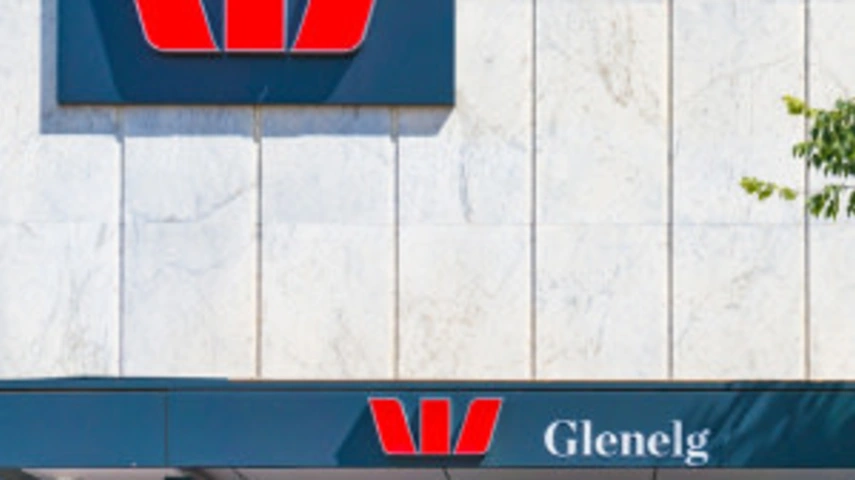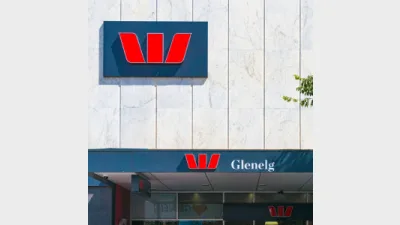Retail investors turn back on Westpac



Westpac Banking Group was the most-sold share in September with $21 million being withdrawn by investors after a record $1.3 billion fine was imposed.
According to retail broker OpenMarkets, the top three most-sold shares were Westpac, Qantas and Flight Centre while the most-sold sectors were retail, media and entertainment and healthcare equipment and services.
Westpac lost $21 million, Qantas lost $12.8 million and Flight Centre saw $7.9 million withdrawn.
While Qantas and Flight Centre were both hit by the travel restrictions and border closures caused by the COVID-19 pandemic, Westpac received a $1.3 billion fine in agreement with AUSTRAC.
The fine, which was the biggest penalty in Australian history was in relation to admitted contraventions of the Anti-Money Laundering and Counter Terrorism and Financing Act.
Year to date performance of Westpac, Qantas and Flight Centre
According to FE Analytics, within the Australian Core Strategies universe, there were four Australian equity funds that held Qantas and just one – Elston Australian Large Companies – that held Flight Centre. The fund, which had a 4% weighting to the travel agent, said it was one of the top contributors to fund performance in August.
The four funds holding Qantas were Franklin Templeton Australian Equity, Ironbark Karara Australian Share, Pendal Australian Equity and Antares Ex-20 Australian Equity.
On the other hand, due to its large weighting in the ASX 200, there were more than 50 funds which held Westpac in its top 10, including 17 which had more than 5% allocated to the stock.
Marcus Bogdan, chief investment officer at Blackmores Capital, recently added Westpac to its Australian Equity portfolio in light of the recovery story following the fine.
“The first element of Westpac’s recovery is the $1.3 billion AUSTRAC penalty, which was $400 million higher than the existing provision in its accounts, but smaller than many market estimates of around $1.5 billion. This marks the end of a process of renewal at board and management level for Westpac and hopefully the organisation can set about its recovery free of such distractions,” he said.
“Banks are yet to see loan growth rebound and the loan loss cycle from COVID-19 is set to emerge, however Westpac is trading on a trailing price to book value of ~0.9 times (vs 10 year average 1.7x) and a pre-provision earnings multiple of 5.4 times (vs 10 year average 8.5x).”
Recommended for you
Evidentia’s chief investment strategist Nathan Lim has announced his retirement after a 30-year career.
GQG Partners has marked its fifth consecutive month of outflows as its AI concerns lead to fund underperformance but overall funds under management increased to US$166.1 billion.
Apostle Funds Management is actively pursuing further partnerships in Asia and Europe but finding a suitable manager is a “needle in a haystack”.
Managed account provider Trellia Wealth Partners, formed from the merger between Betashares and InvestSense, has appointed its first managing partner.











